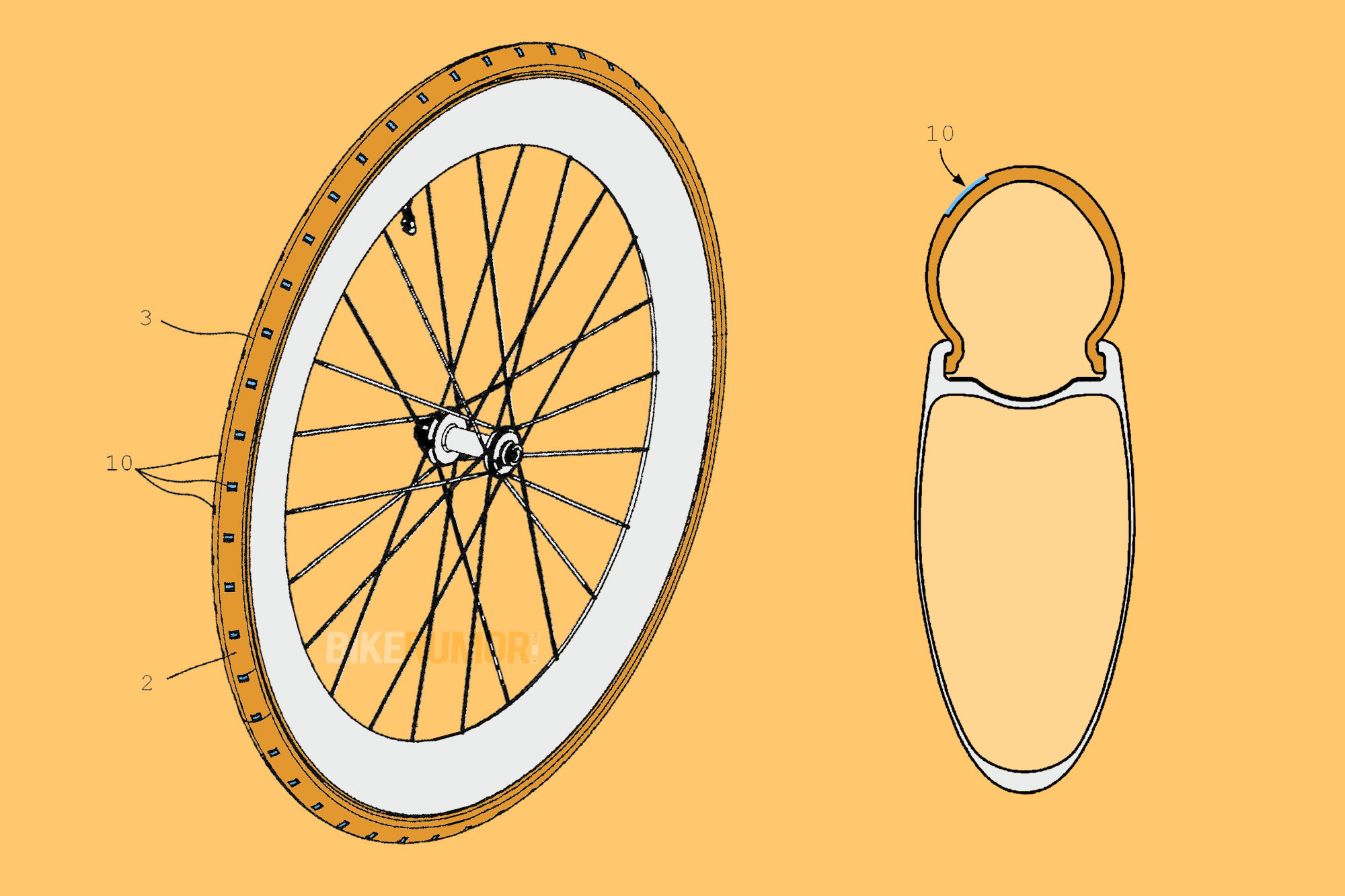By incorporating specially-ramped divots in the shoulder of the otherwise normal road bike tire tread, DT Swiss says the spinning tire itself can supplement the ‘sailing effect’ that they have shown significantly reduces drag in high-end aerodynamic wheels. Now, in a much simpler and lower-cost product – an aero tire can likely provide even more reliable aerodynamic gains…
DT Swiss aero road tire concept patent
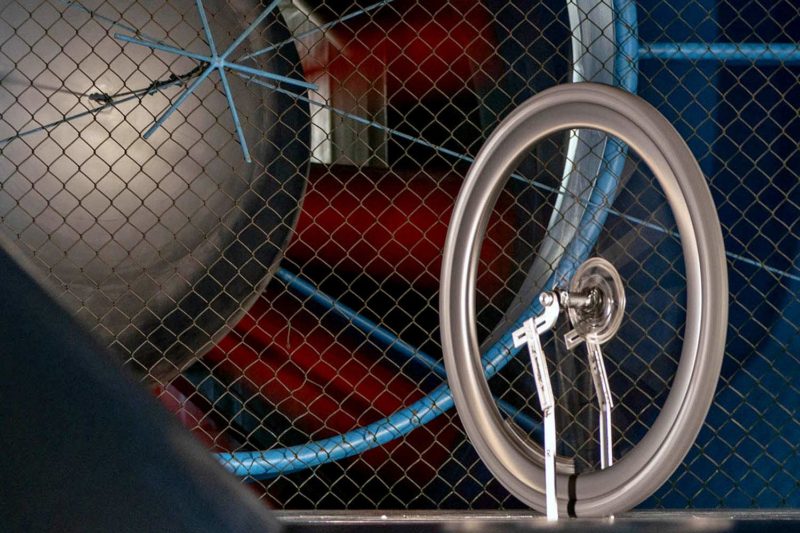
Filed together with aero expert Jean-Paul Ballard of Swiss Side, who has worked on all of DT Swiss’ aero-optimized wheels since their ‘Road Revolution‘ back in 2016, these new tires have been refined down to a simple design with a relatively small number of aero depressions in their shoulders that have demonstrated significant aerodynamic benefits in the wind tunnel.
Key to DT Swiss’ description of this patented aero tire tech, is that it’s more consistent than you typically see with aero wheels AND it is equally as highly effective at the lower speeds that most amateur cyclists actually ride (while still maintaining high efficiency at high speeds, too.)
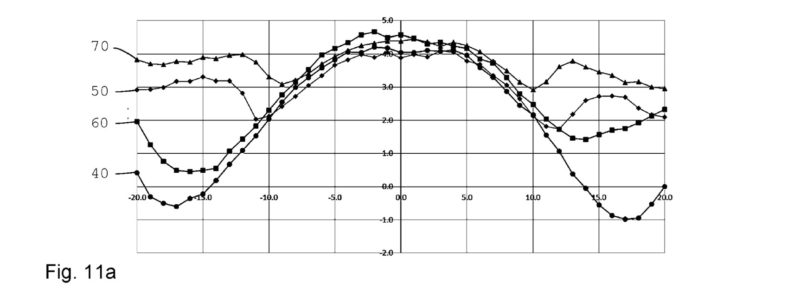
Specifically, with average speeds of 37.5km/h, according to the invention a sailing effect can already be utilized in many situations, wherein air impinging obliquely from the front is utilized for generating propulsion. The invention enables such a sailing effect not only with high ( relative ) speeds of 45km/h or more, but also already with average speeds of 37.5km/h and even with low speeds of 30km/h. This is difficult to achieve, and none of the competitors’ products achieved as much.
How do aero depressions in a tire make you faster?
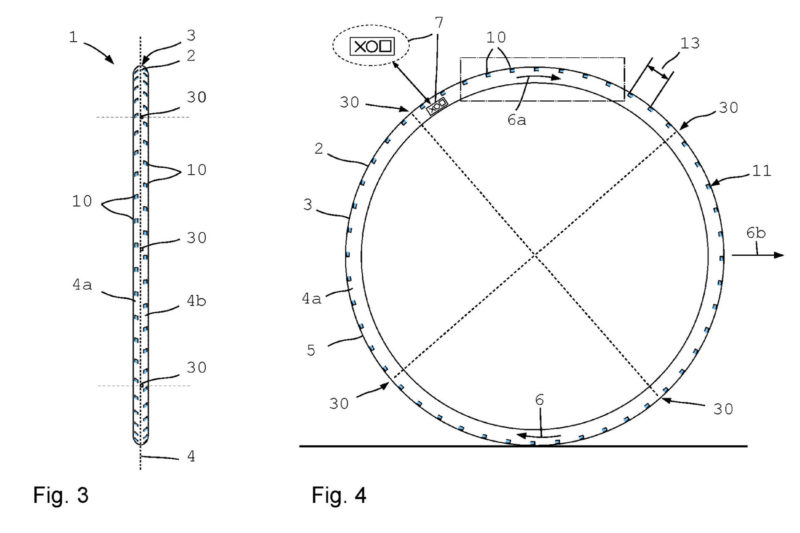
Much like the dimples and textured elements in some road bike frameset & wheel designs, the idea is that the aero divots in the tread tire create a boundary layer of turbulent air directly next to the spinning tire, allowing oncoming airflow to pass more smoothly over the tire, without detaching.
DT’s patent filing defines that the aero depressions are offset away from the center of the road bike tire’s tread to not affect straight-line grip or rolling resistance. And these aero elements then only a small position of the shoulder tread – between 5-25% of the surface in a line along the edge of the tire (1-8% of total tire surface area). In fact, the patent filing indicates that wind tunnel testing showed that adding more closely spaced or a greater number of divots actually reduced the aerodynamic improvements, as does any other significant tire ‘roughness’.
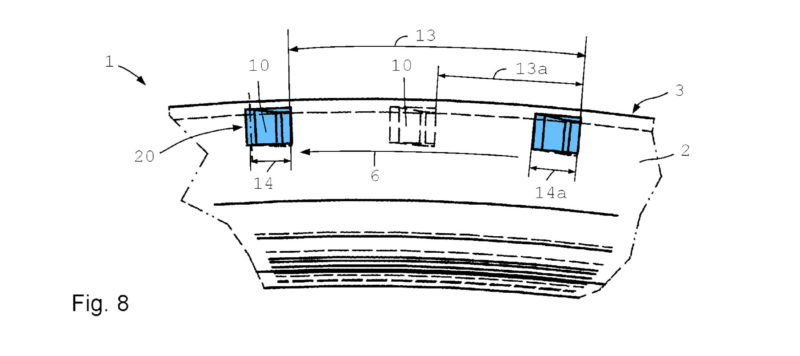
If you want to read more legalese about the design in US patent: US20210354517A1 or EU patent: EP3909789B1 – you can see that a lot of attention has been paid to where the aero tread divots are located, the precise smoothness of the tire, how big they are, how they are shaped, and how they are angled inward or outward to best direct and disturb a boundary layer of turbulence around the spinning tire. There’s also mention of aerodynamic road tires optimally sized between 25-29mm wide, maybe up to 32mm. Aero gravel tires are possible too at greater widths, although the concept of no roughness would still apply, we think.
But for now, we just like the idea of real aero gains from a relatively low-cost product like a tire (relative to say a carbon wheelset or aero frameset). We’re only a bit curious how often you will need to clean your aero depressions to maximize aerodynamics? Or how much tread wear will affect their speed? The DT patent does specify a wear indicator for optimal aerodynamics…
What does all this mean for bicycle aerodynamics?
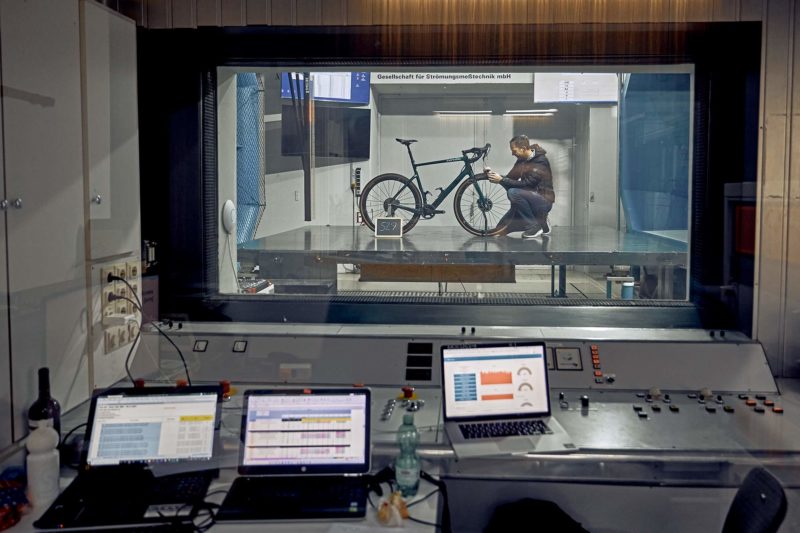
We’ve certainly seen many off-road tires that were direction-specific to provide optimal control in loose conditions or even reduced-rolling resistance. And I was always curious how much the directional tread on some road tires like the Continental GP 5000 affected grip. And we’ve even heard a lot of rumored talk about some gravel tires being more aerodynamic than others, based on their tread pattern. In fact, Swiss Side themselves told us the Schwalbe G-One Speed was the most aero gravel tire last winter in their GST wind tunnel tests.
But now, it seems we’ll see a directional road tire tread that will influence your bike’s aerodynamics, too.
What’s next? Road bike tires from wheel maker DT Swiss?
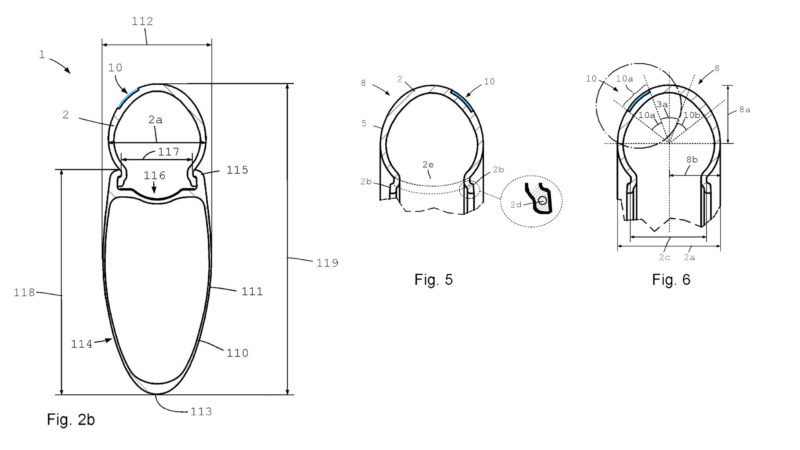
The fact that DT Swiss is the holder of an aerodynamic road bike tire patent is a bit curious. Sure, they’ve done a lot of research in aerodynamic wheels, rims, spokes & hubs. But we’ve never seen a DT bicycle tire before, right? But maybe we will sooner than later. The EU patent was applied for back in May 2021 and just granted in December 2022. (The US patent was filed at the same time, has not yet been awarded.) The fact that DT Swiss now acknowledges that this patent exists suggests to us that a tire with this tech isn’t very far away. But officially, their response to asking for more information about upcoming aero tires was effectively, ‘No Comment.”
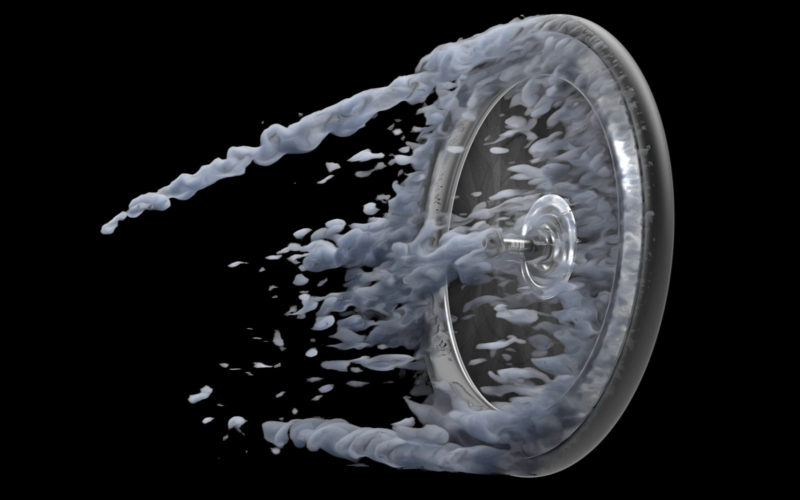
Our takeaway though, is that this is as simple as designing a tread pattern in the shoulder of a road tire. That should lead to relatively easy and low-cost aero gains for any roadie who wants to go faster. And we like the idea of reliable aerodynamic gains, especially at the more reasonable speeds most of us actually ride!
